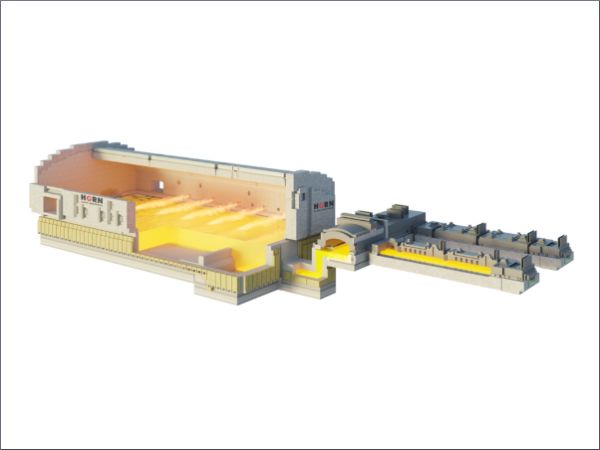The White House’s recent announcement of tariffs against Canada, Mexico, and China sent ripples through the global economy, sparking concerns across various industries, particularly construction, glazing, and aluminum.
Based on claims related to national security concerns stemming from illegal immigration and drug trafficking, the administration planned to levy a 25% tariff on goods from Canada and Mexico and a 10% tariff on goods from China.
However, in a surprising turn of events on Monday, the administration paused the tariffs on goods from both Mexico and Canada. This followed commitments from Mexican President Claudia Sheinbaum and Canadian Prime Minister Justin Trudeau to enhance security at their respective borders. Reports indicate that this pause is slated to last for 30 days, offering a temporary respite from the looming economic impact.
The initial announcement, leveraging the International Emergency Economic Powers Act (IEEPA), was met with considerable skepticism. The U.S. Chamber of Commerce, represented by Senior Vice President John Murphy, criticized the move as “unprecedented,” arguing that it would ultimately raise prices for American consumers and disrupt established supply chains without effectively addressing the stated underlying issues.
For the construction industry, these tariffs posed a significant threat. The National Association of Home Builders (NAHB) highlighted the reliance on Canada and Mexico for essential building materials like softwood lumber and gypsum. According to NAHB chairperson Carl Harris, the tariffs would inevitably increase construction costs, discourage new development, and ultimately lead to higher home prices for consumers.
Economists echoed these concerns. Gregory Daco, chief economist at EY-Parthenon, predicted that the combined tariffs could negatively impact U.S. economic output, projecting a decline of 1.5% in 2025 and 2.1% in 2026. Given that Canada, Mexico, and China collectively accounted for around $1.3 trillion worth of U.S. imports in 2024, the potential economic fallout was substantial.
In response to the initial tariff announcement, Canada retaliated with a 25% tariff on over $125 billion worth of American goods. Meanwhile, China signaled its intention to defend its economic interests and initiate legal action through the World Trade Organization (WTO). The White House’s order further stipulated that the President could escalate the duties imposed should targeted countries retaliate, potentially leading to a full-blown trade war.
Looking Ahead
While the 30-day pause offers a momentary reprieve, the underlying issues remain unresolved. The commitments from Canada and Mexico regarding border security will be closely scrutinized. The administration has also reserved the right to reinstate or even escalate tariffs based on future developments.
This situation underscores the importance of closely monitoring international trade policies and their potential impact on domestic industries. Businesses should use this period to assess their supply chains, explore diversification strategies, and engage with policymakers to advocate for trade policies that foster economic growth and stability. The next 30 days will be crucial in determining whether this pause is a genuine step toward a resolution or merely the calm before a potentially disruptive economic storm.
Source: USGlass with additional information added by GlassBalkan





